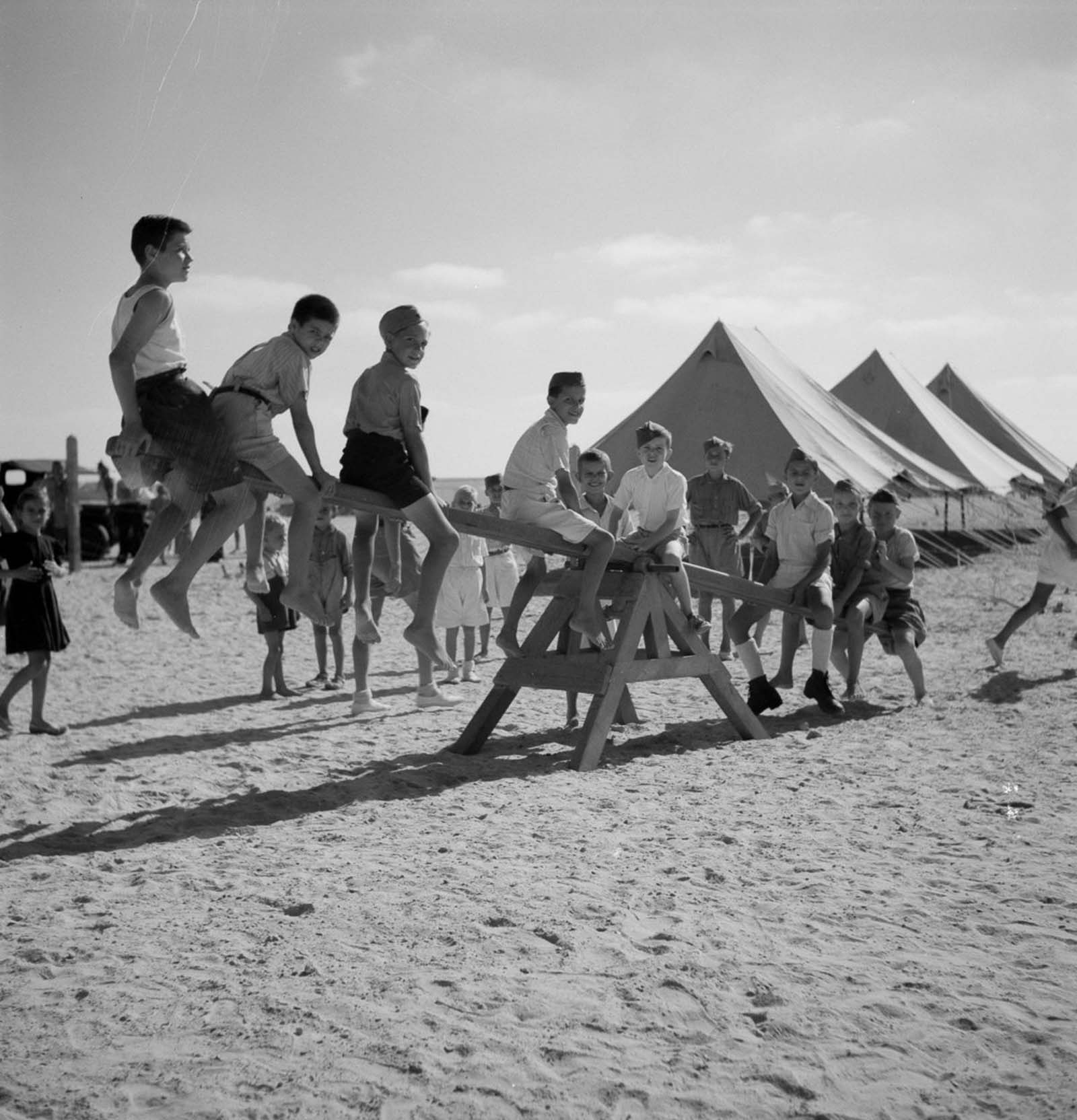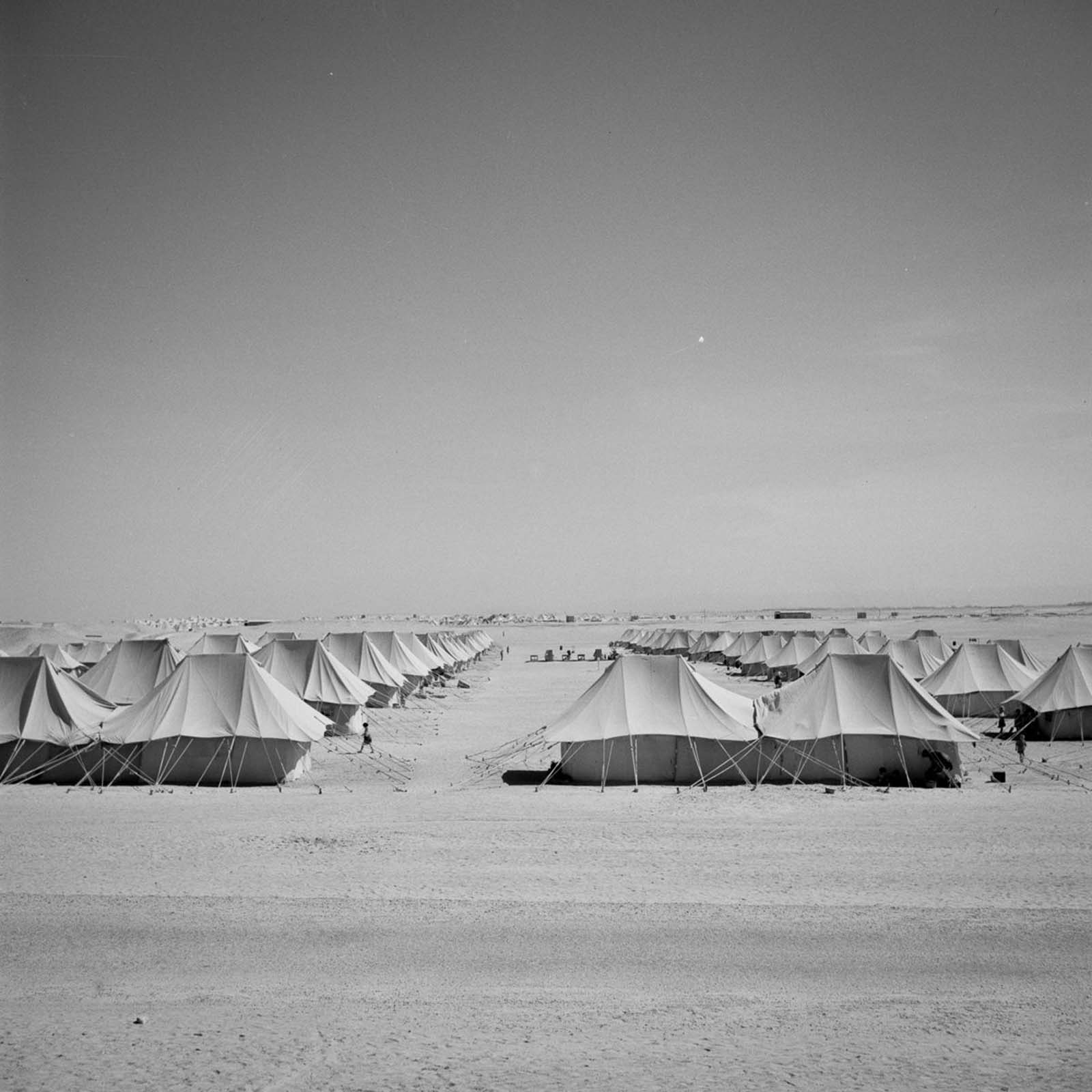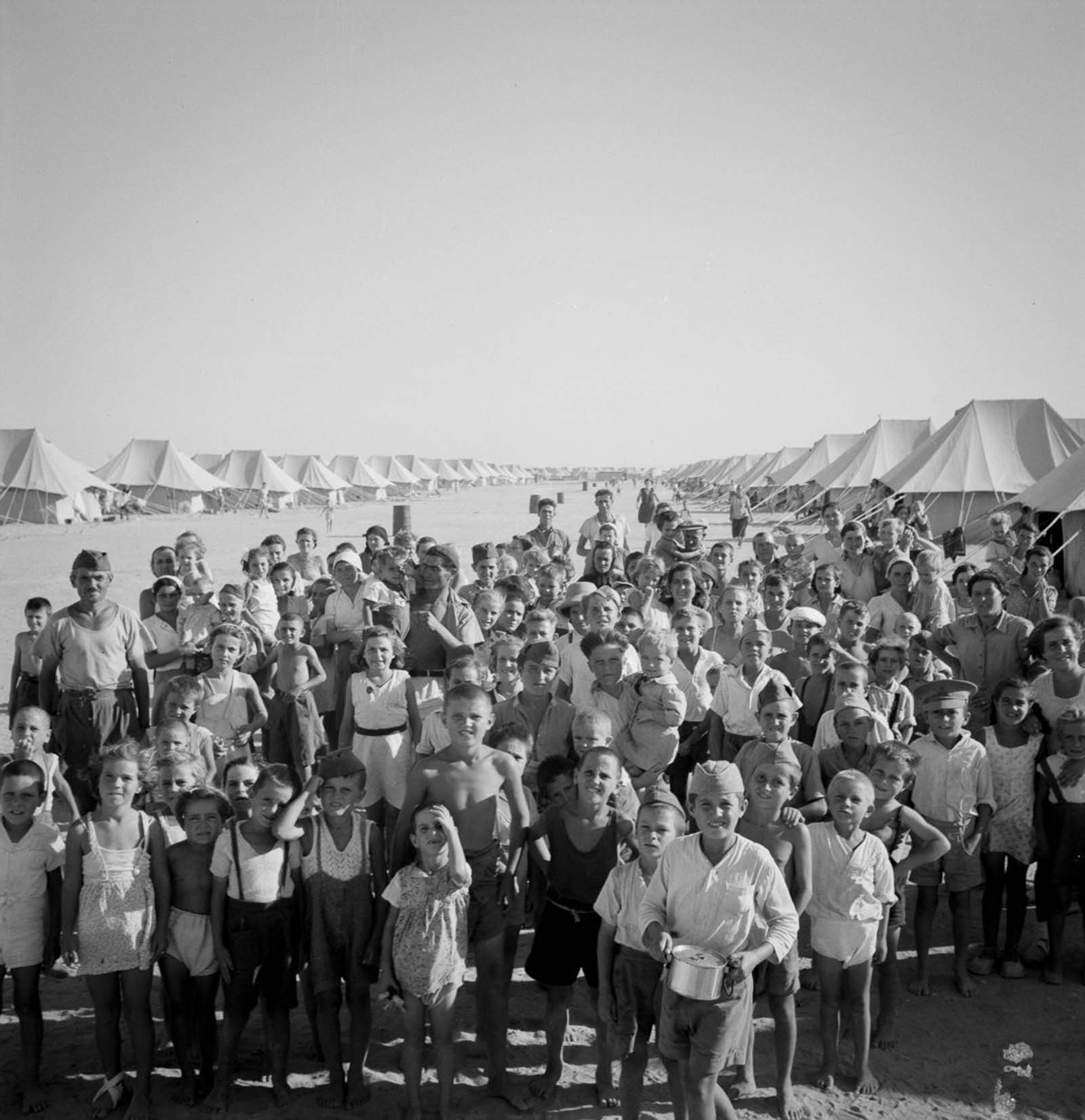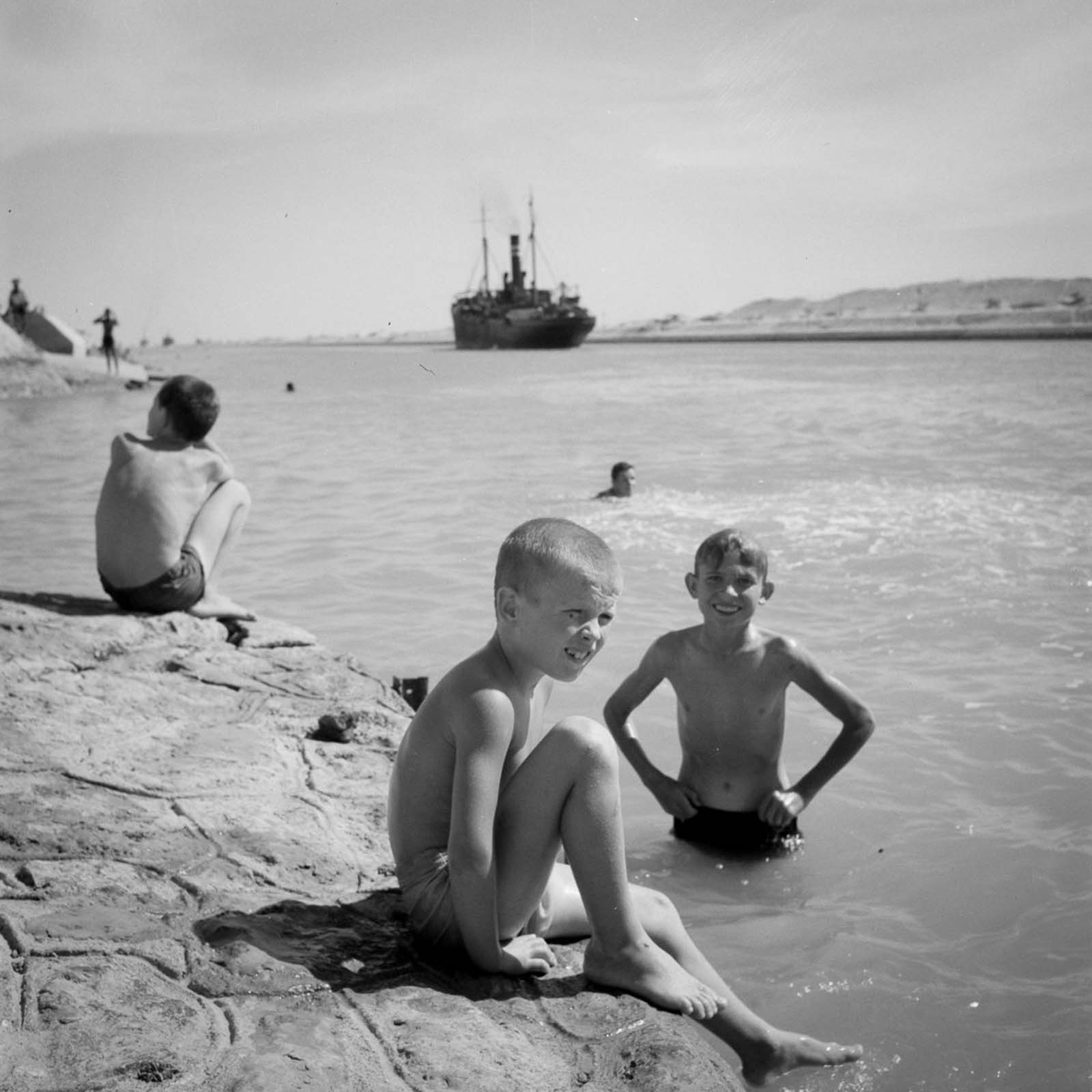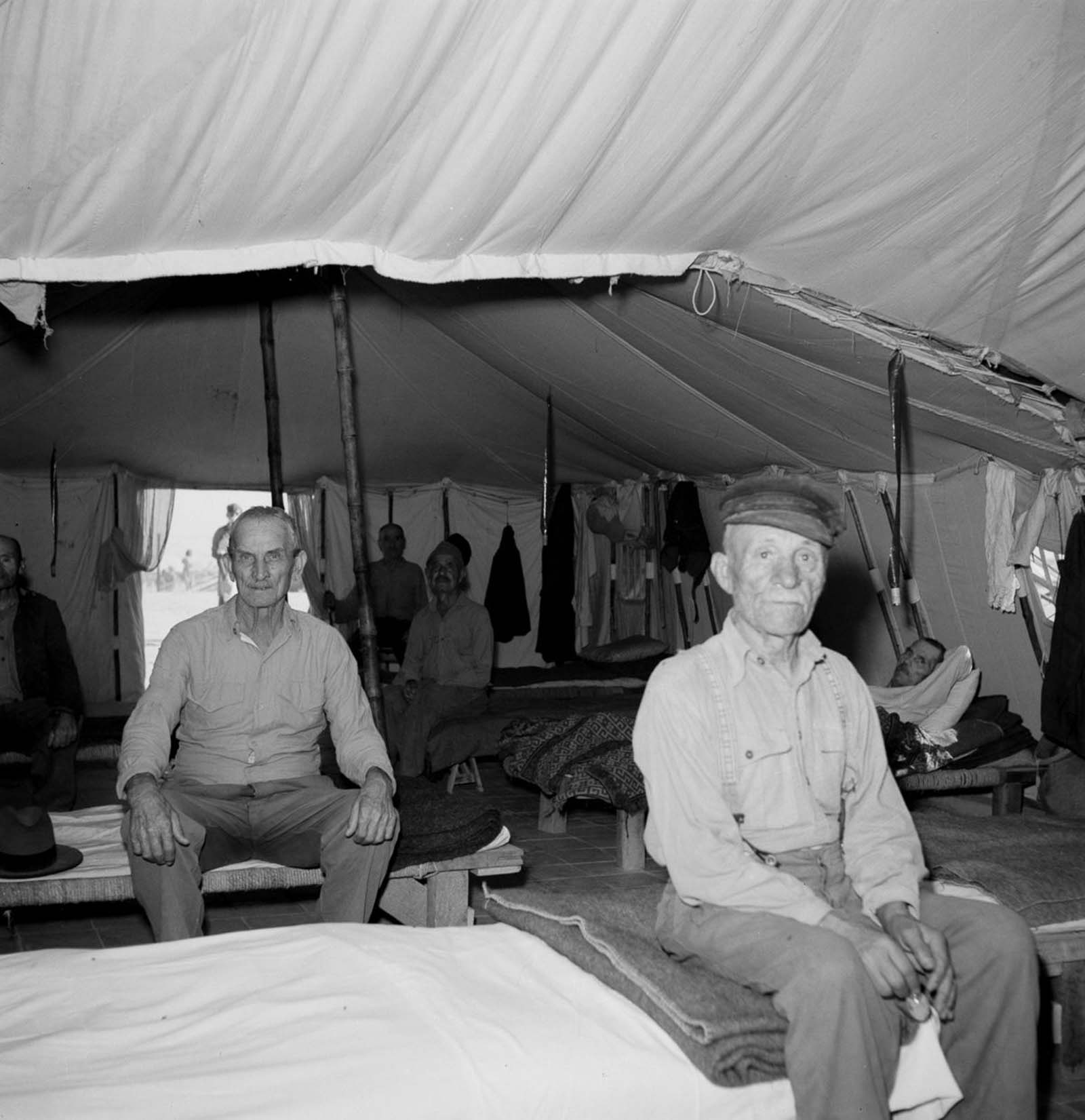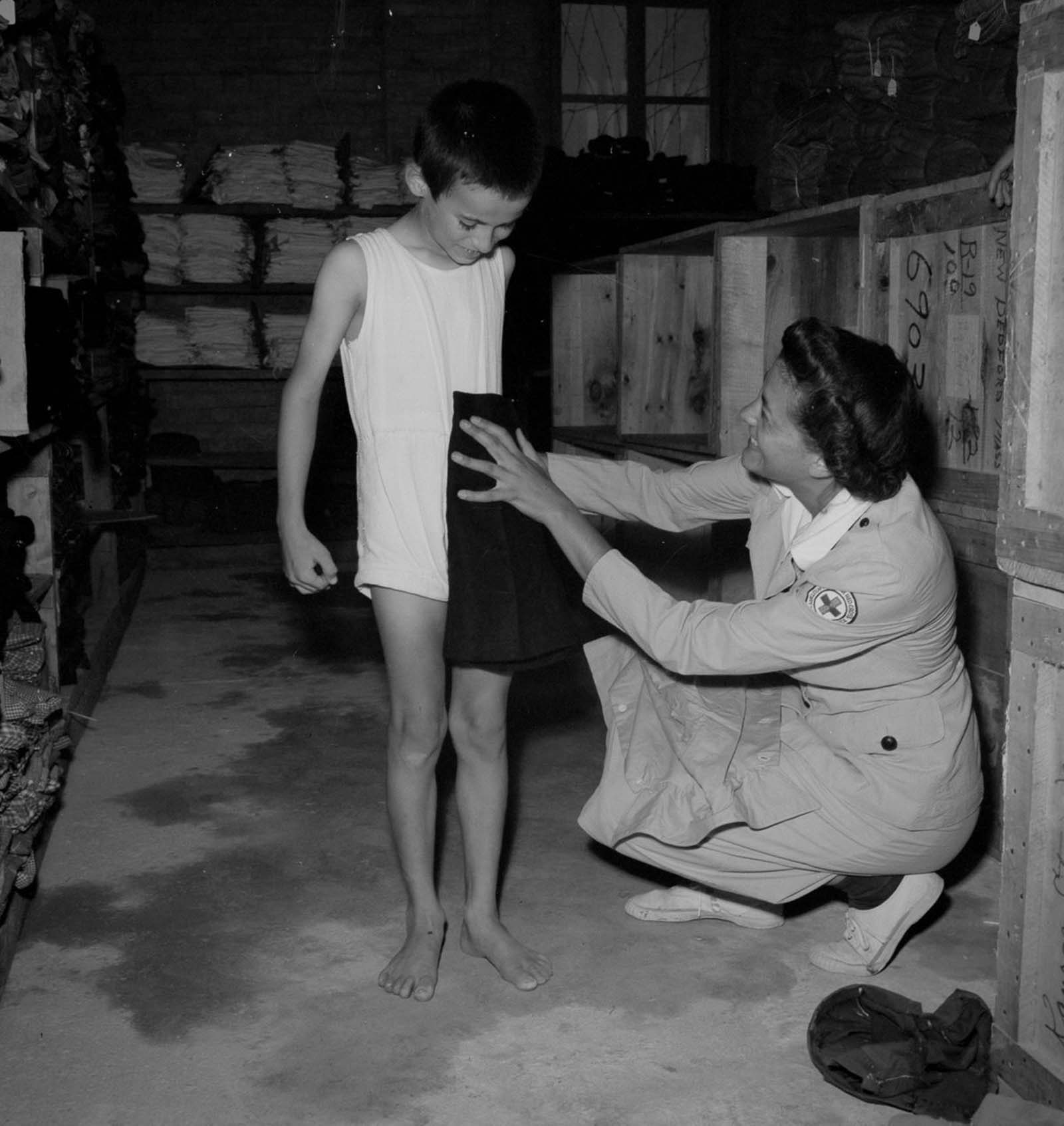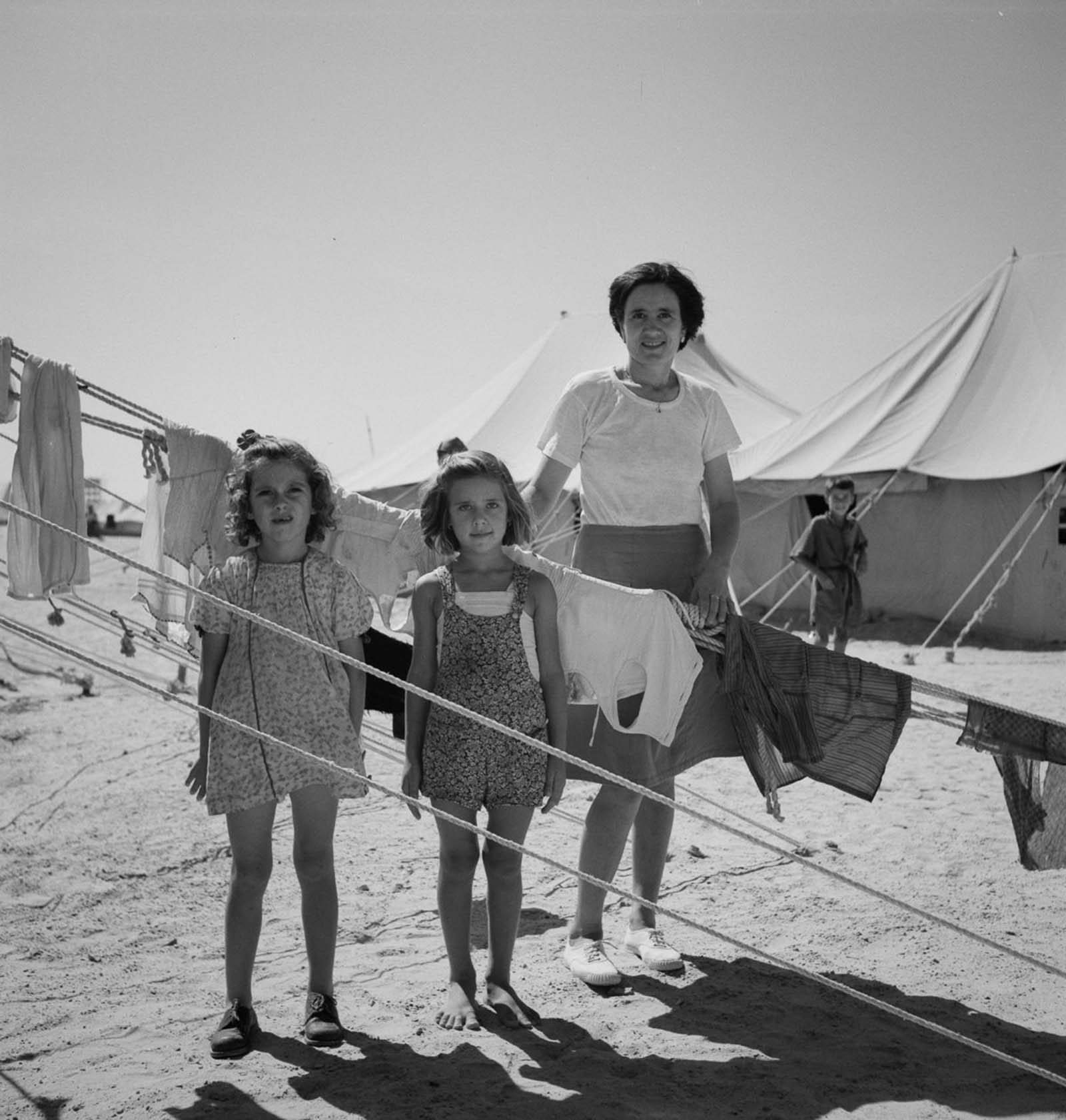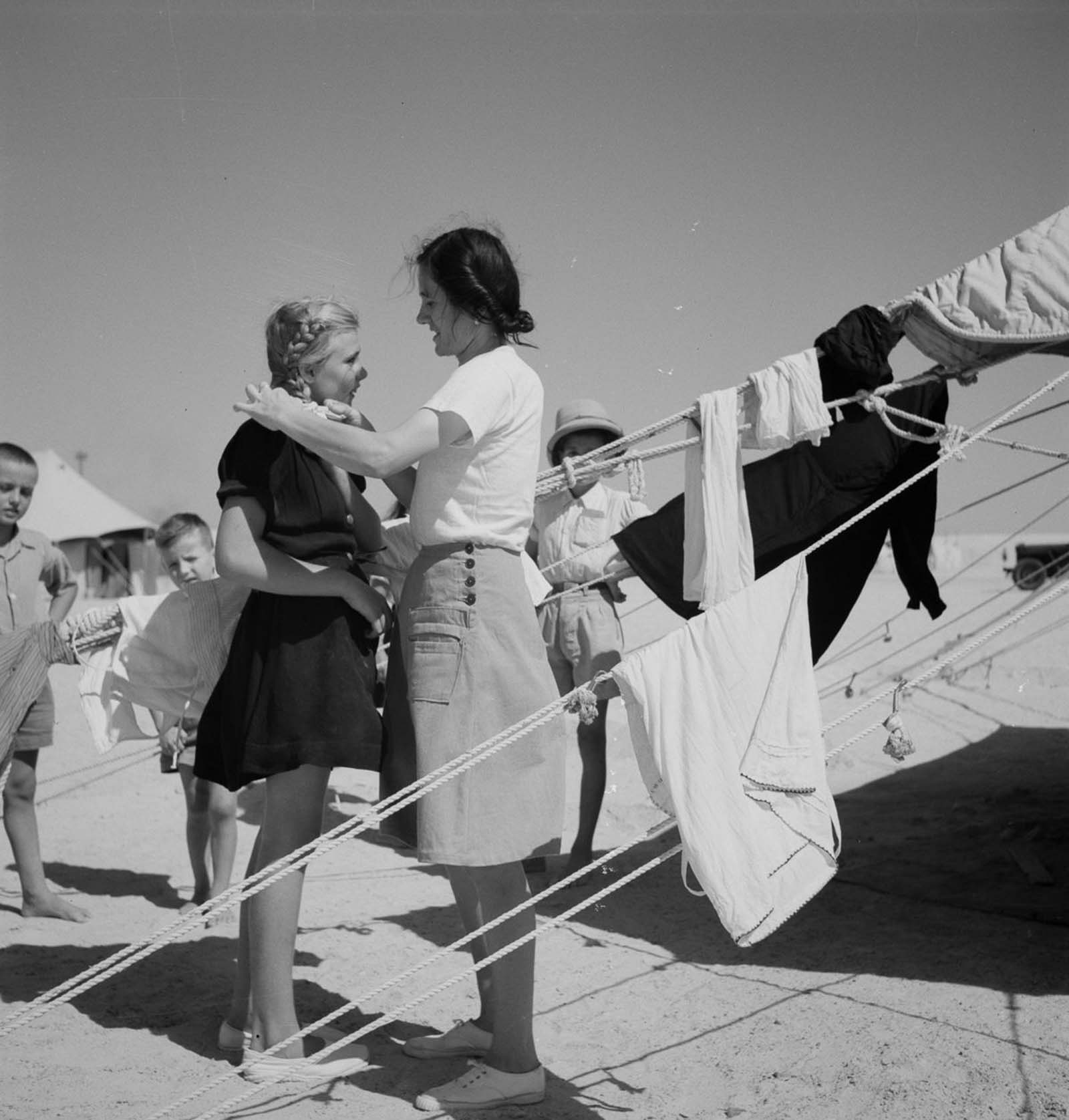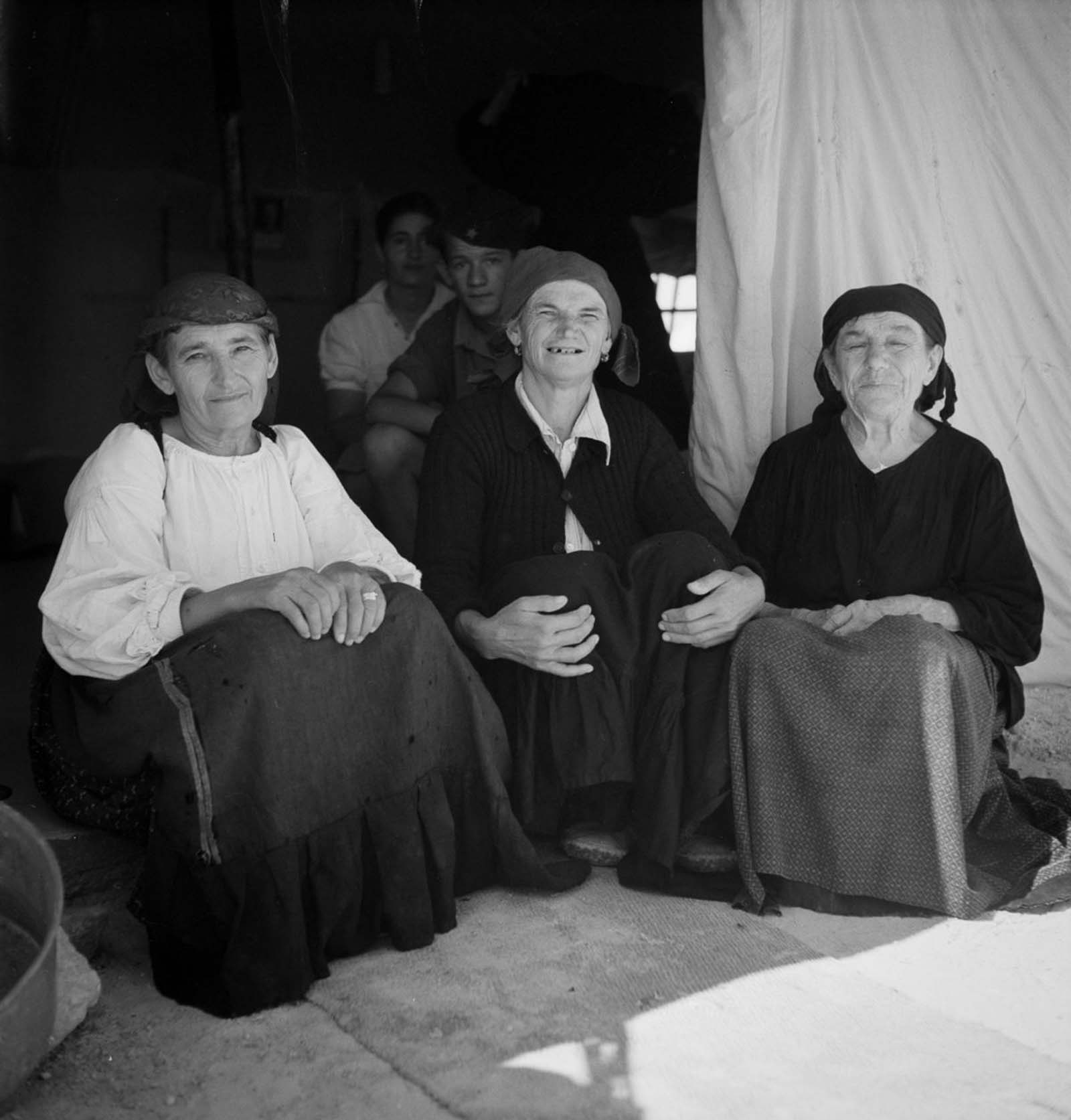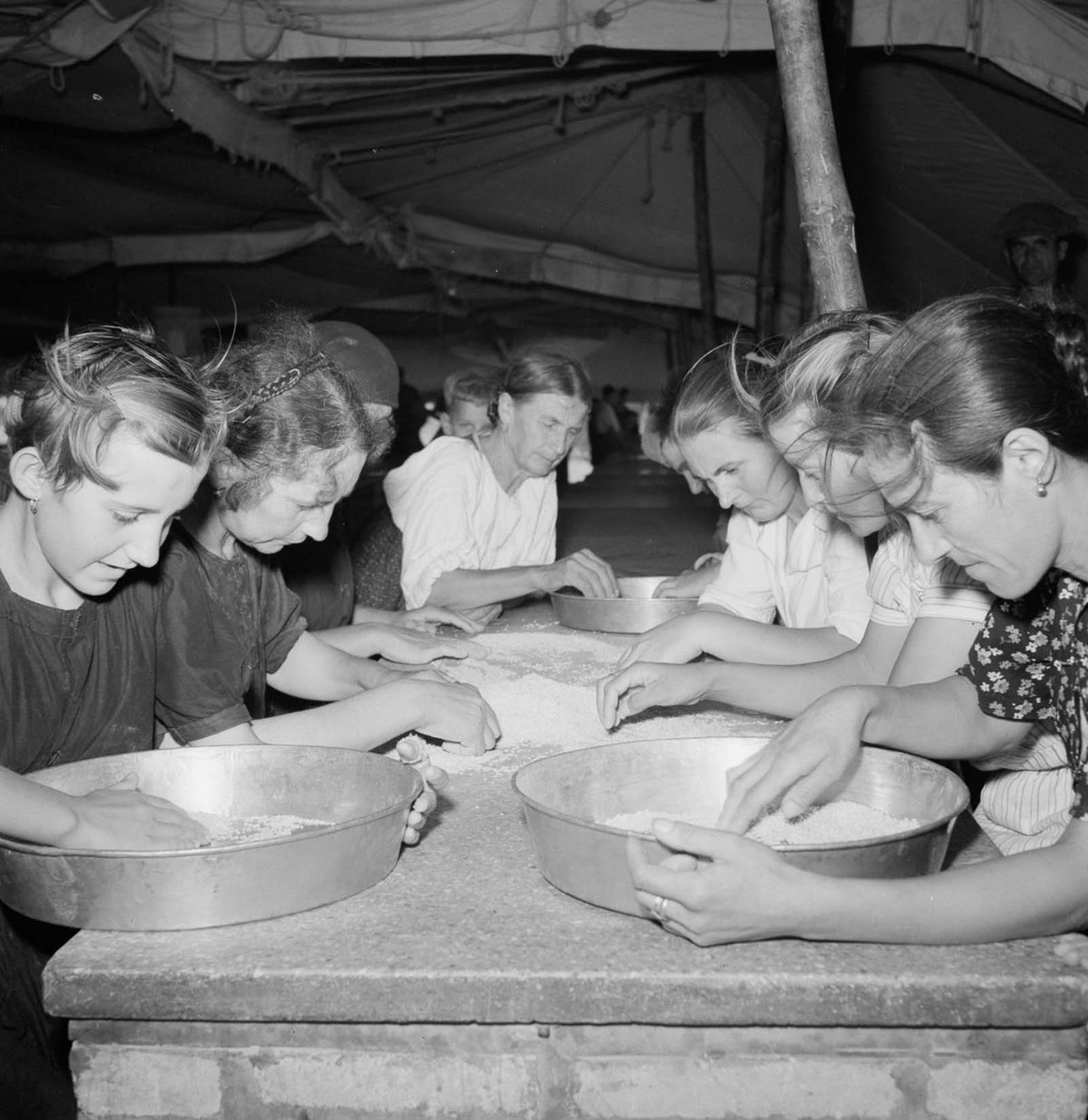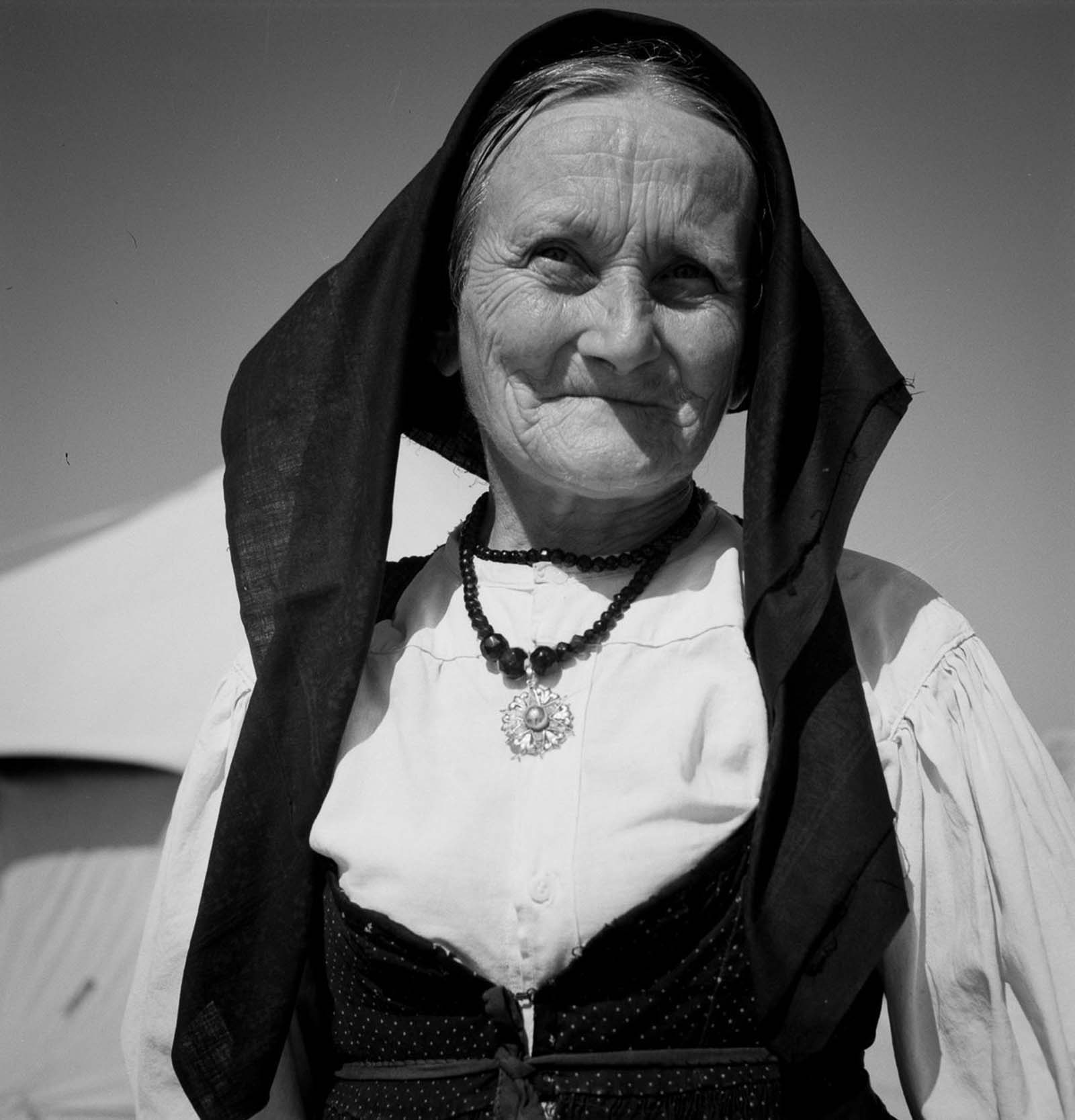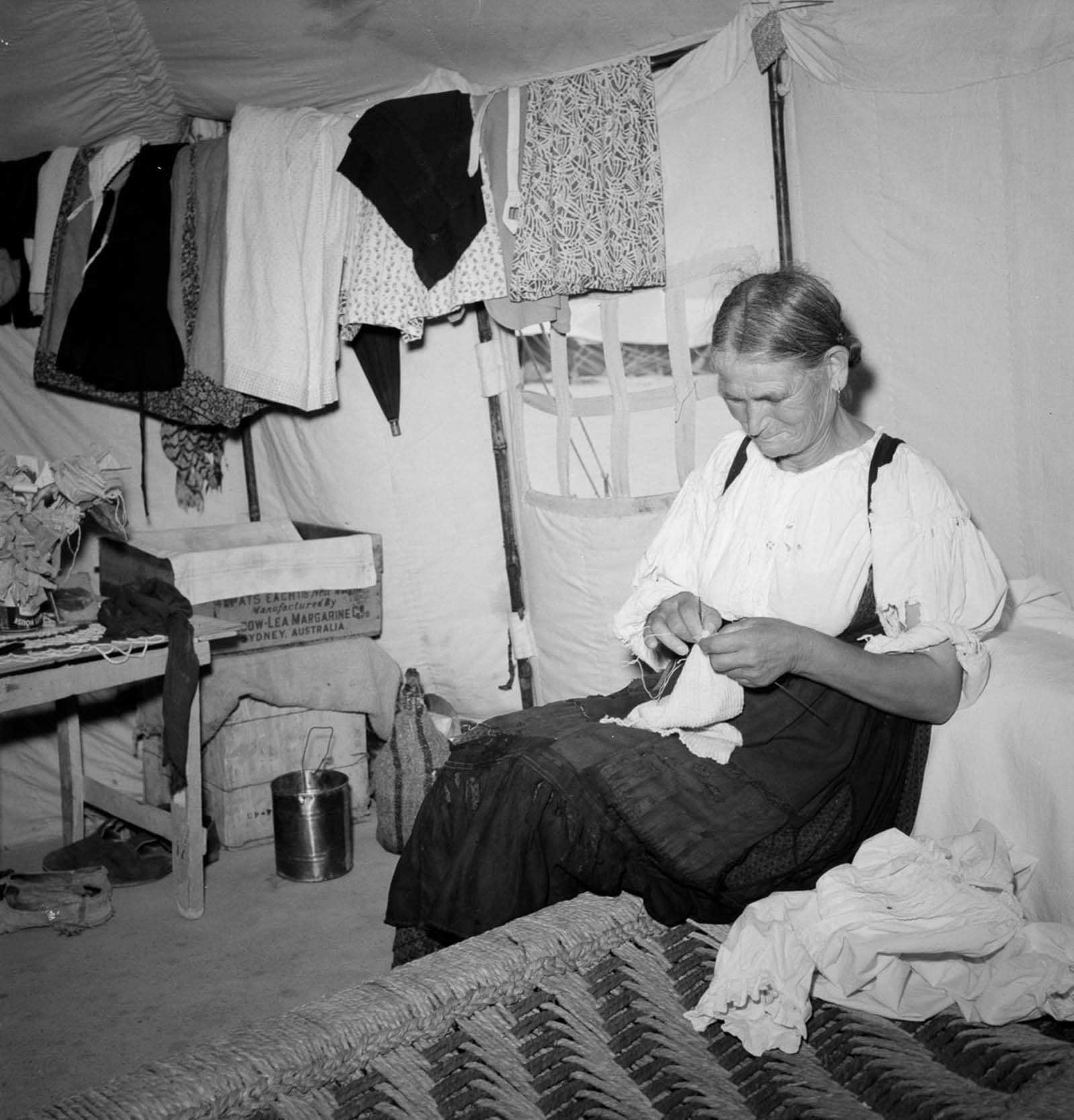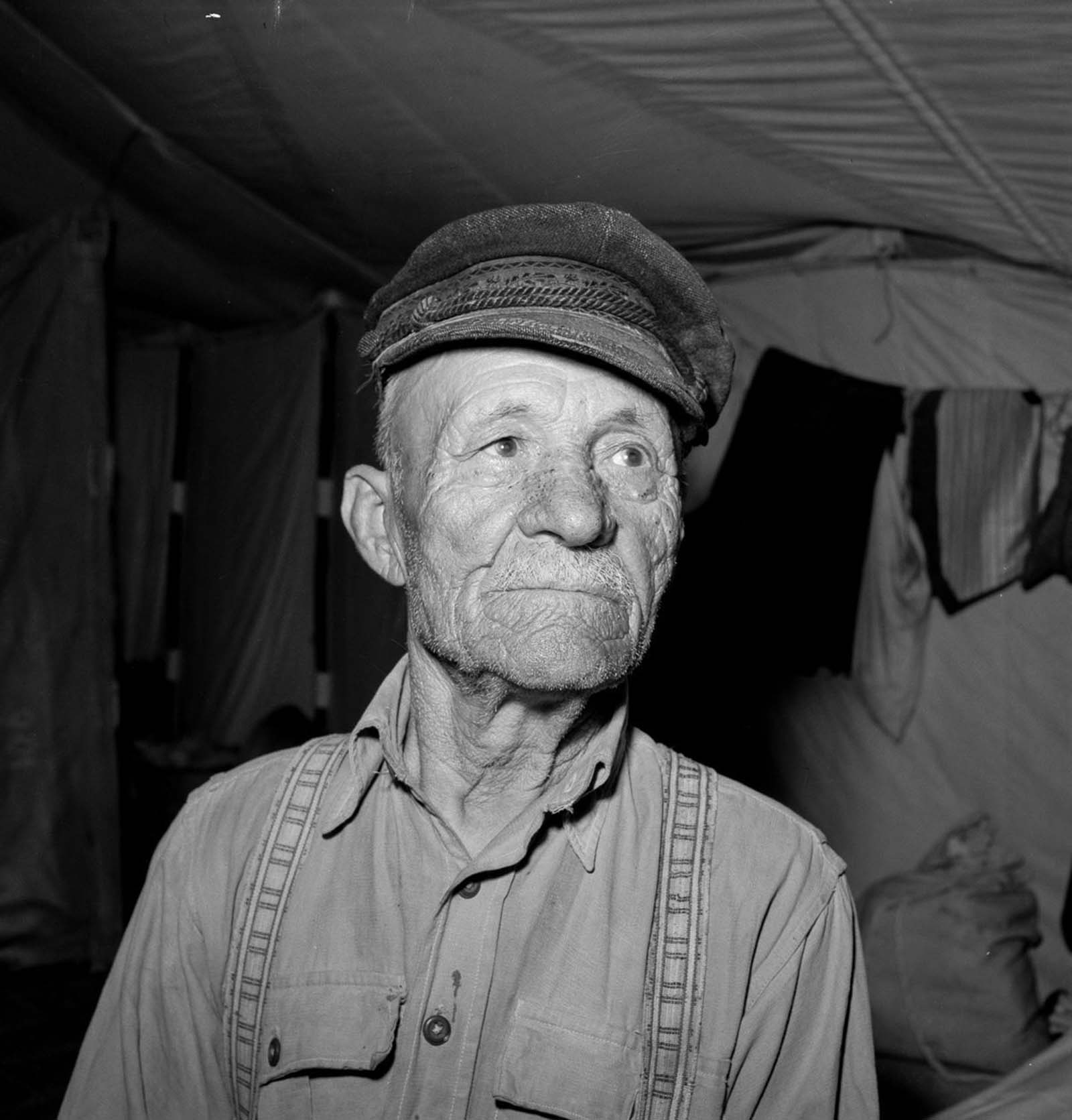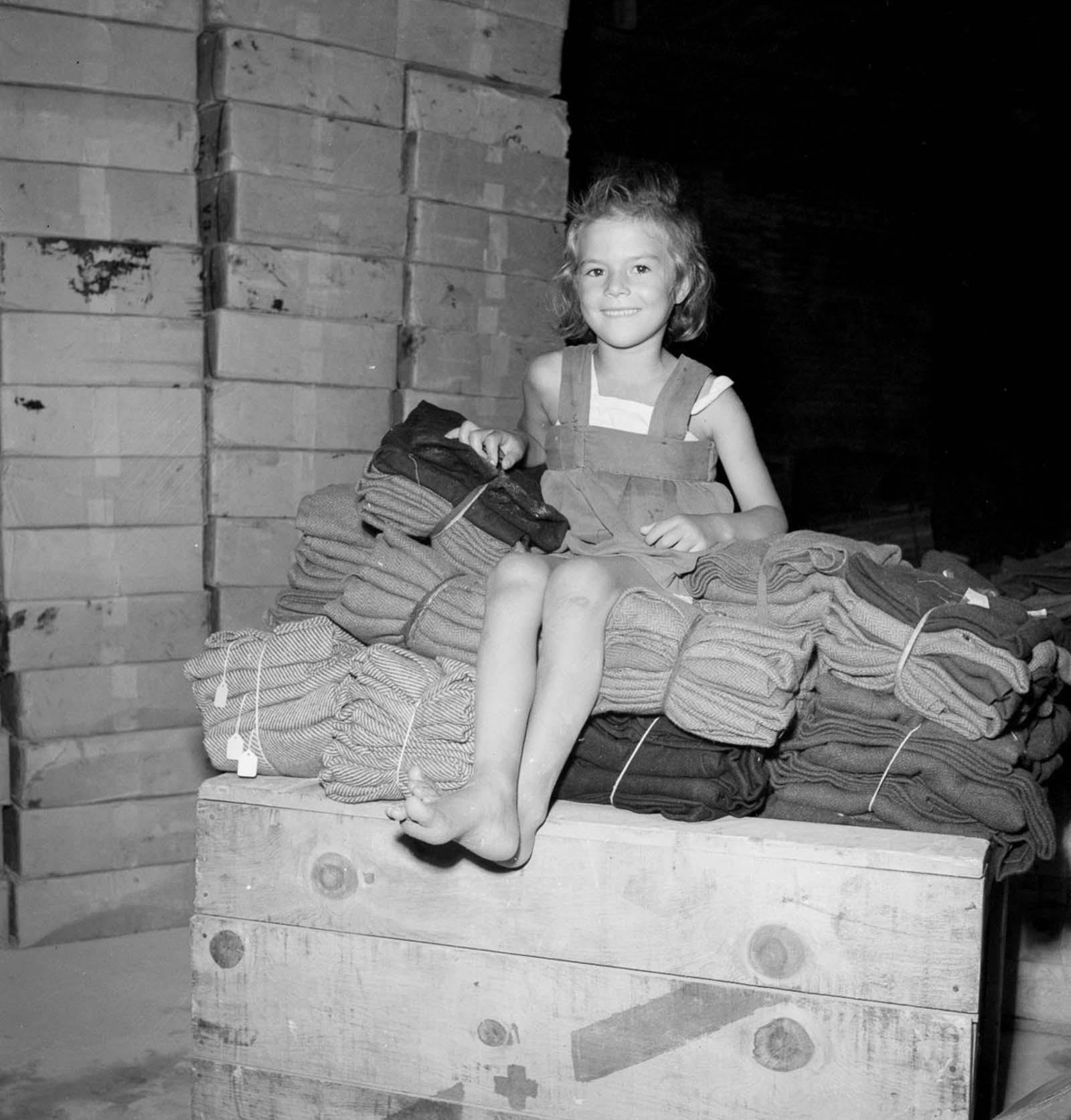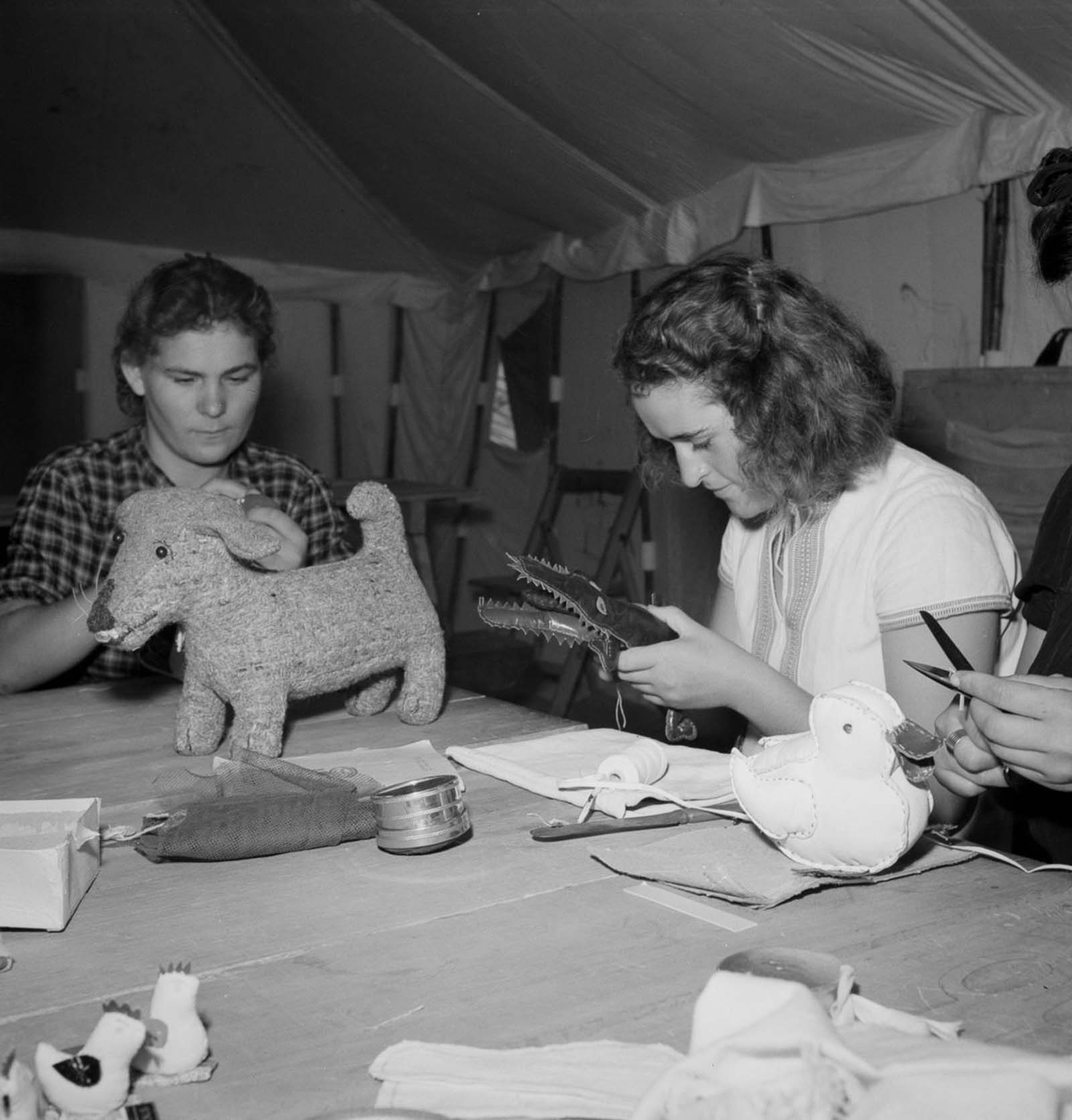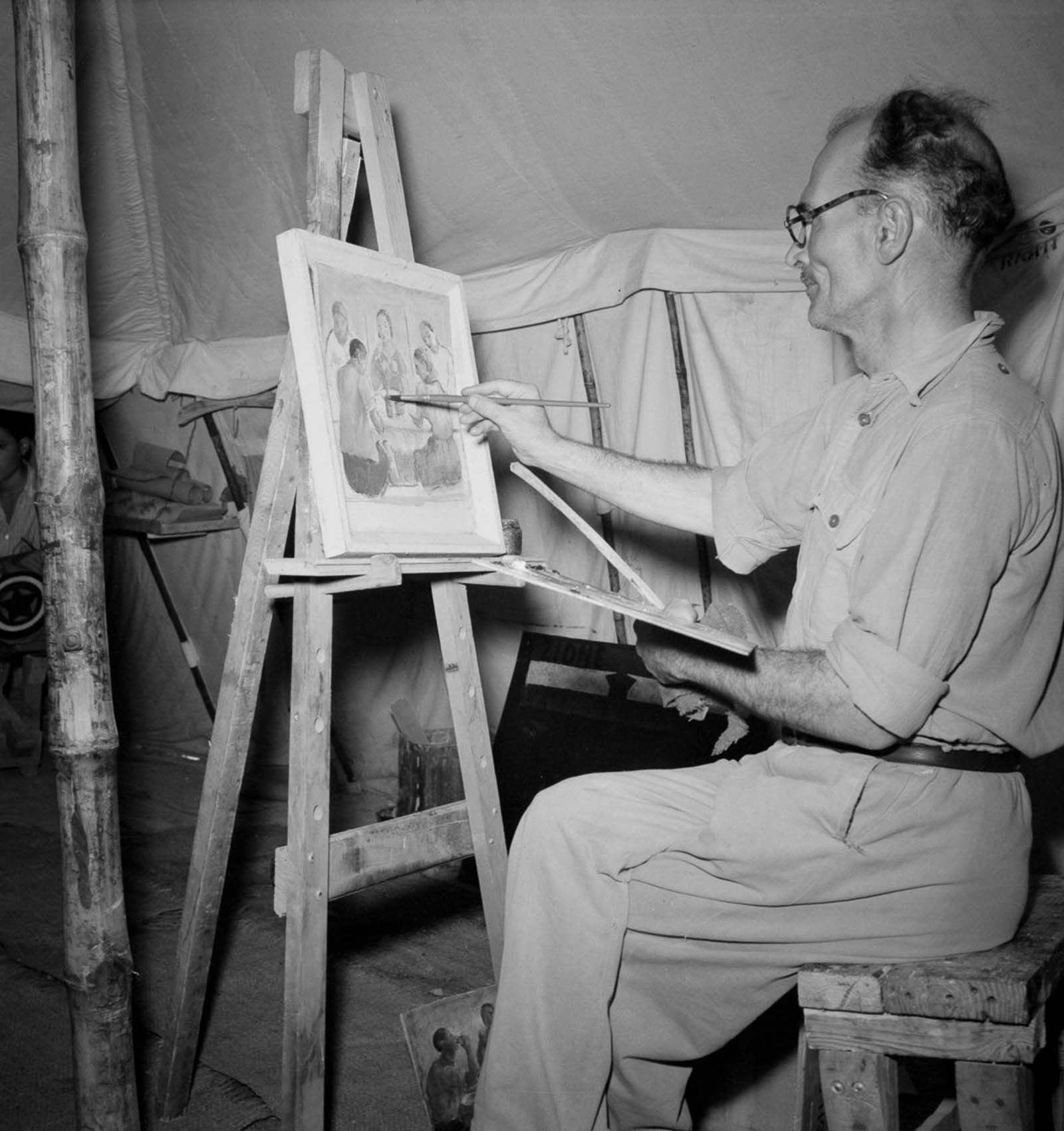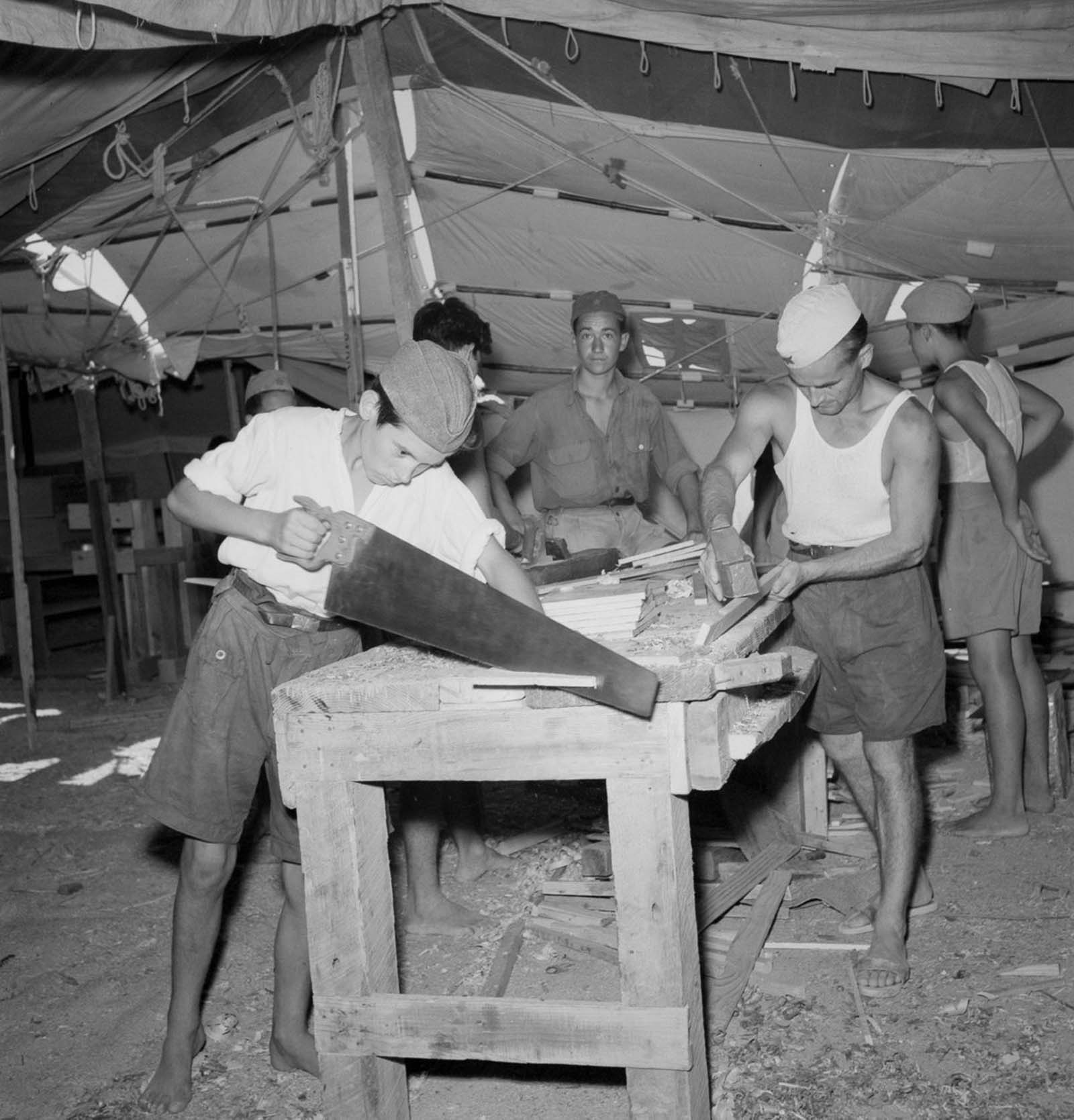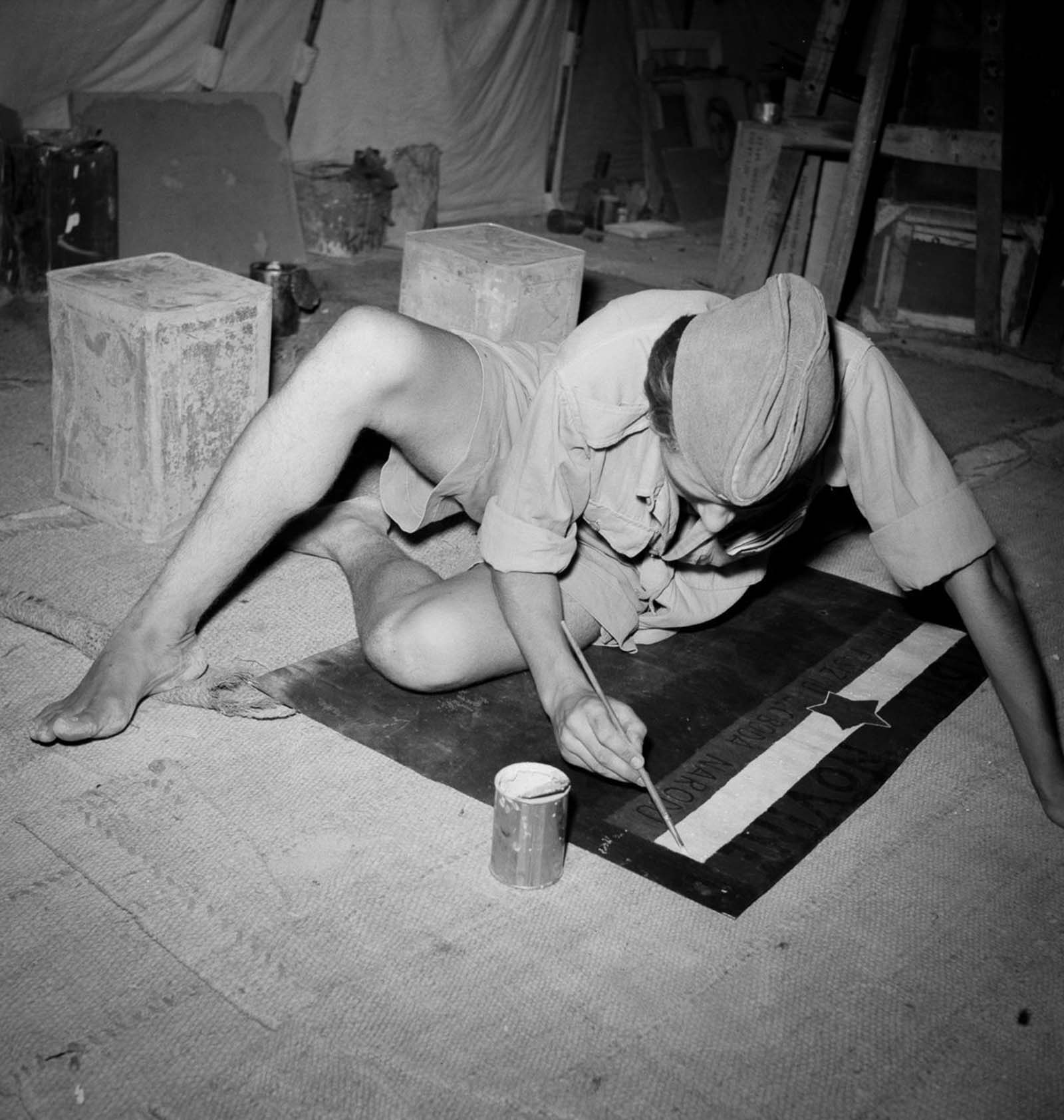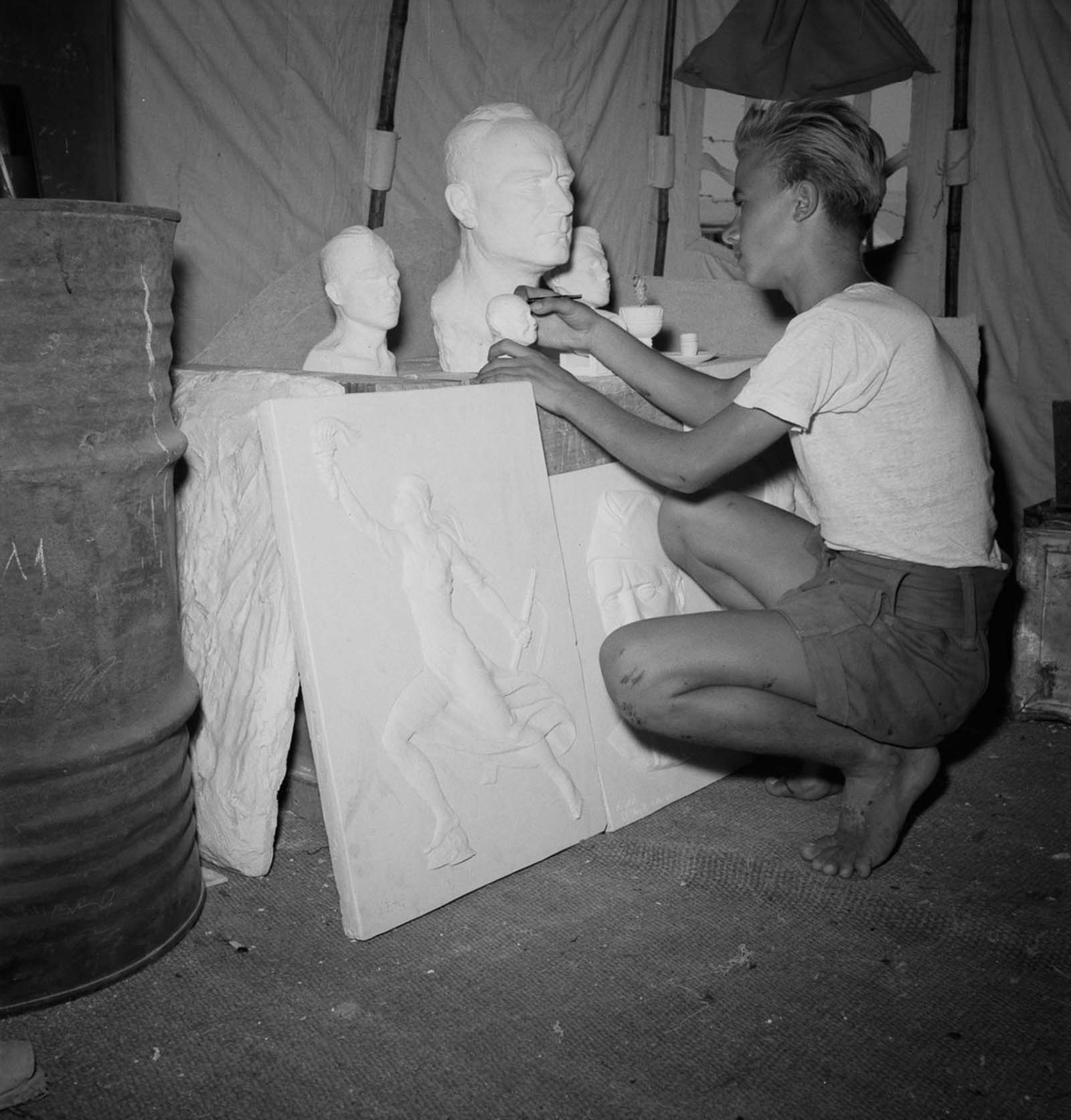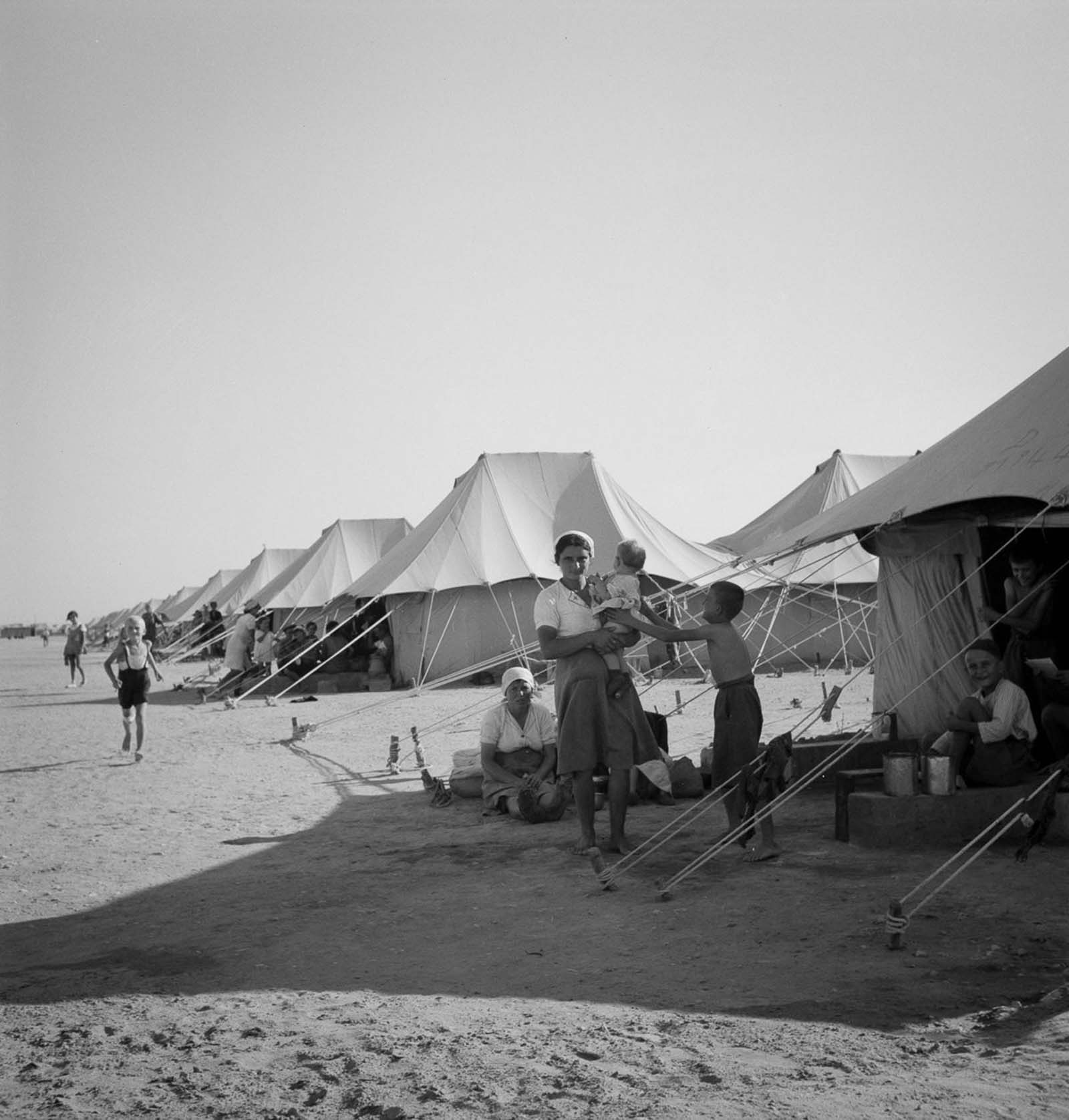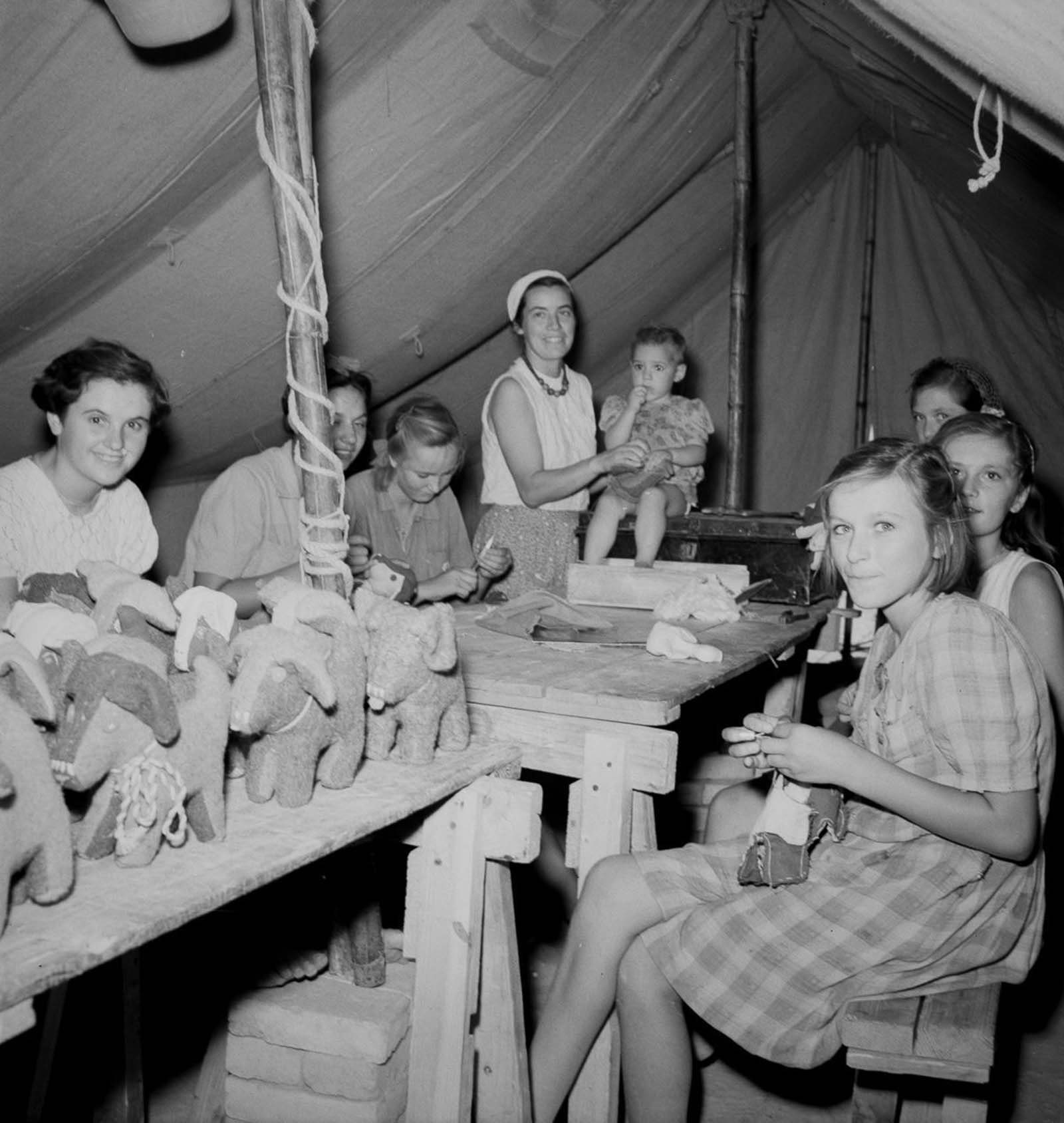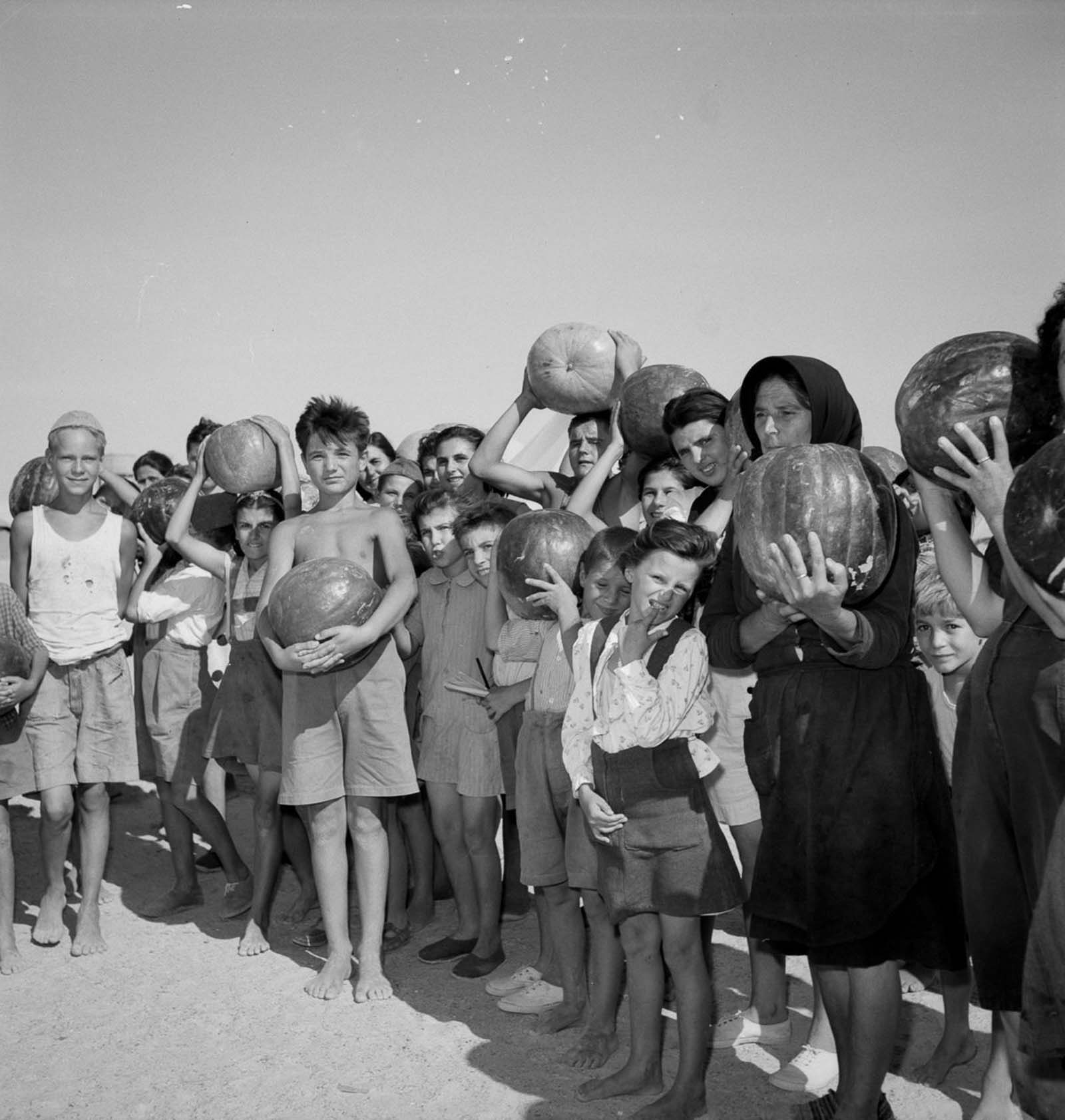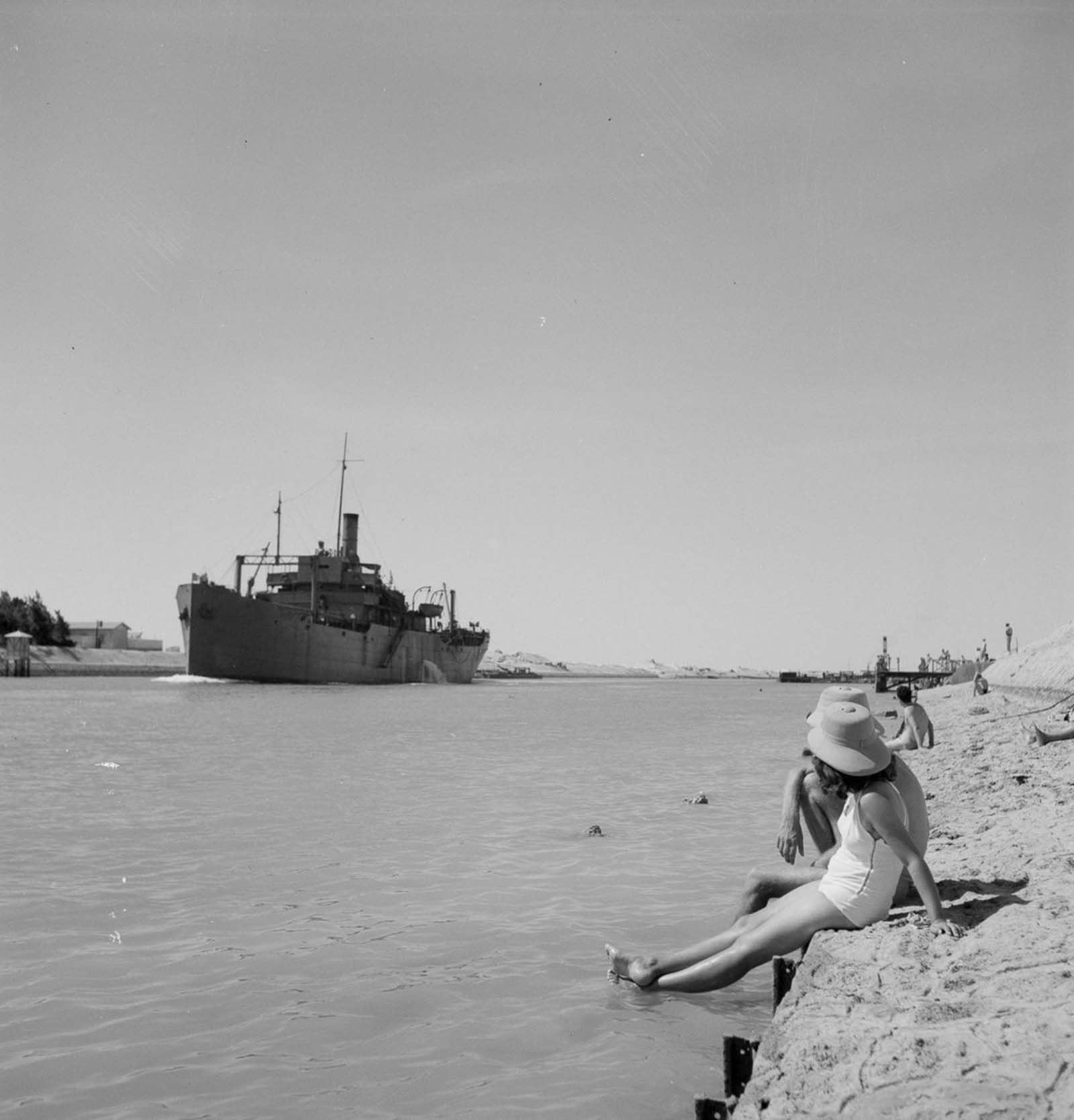The British came up with the idea of settling hundreds of thousands of refugees, mainly women, and children, from Bulgaria, Croatia, Greece, Turkey, and the former Yugoslavia, in Egypt, Syria, and Palestine. The program was called the Middle East Relief and Refugee Administration (MERRA). Upon arriving in a camp, refugees first had to register with camp officials and receive camp-issued identification cards. These identification cards — which they had to carry with them at all times — included information such as the refugee’s name, their camp identification number, information on their educational and work history, and any special skills they possessed. Once registered, recent arrivals wound their way through a thorough medical inspection. Refugees headed toward what were often makeshift hospital facilities — usually tents, but occasionally empty buildings repurposed for medical care — where they took off their clothes, their shoes and were washed until officials believed they were sufficiently disinfected. After medical officials were satisfied that they were healthy enough to join the rest of the camp, refugees were split up into living quarters for families, unaccompanied children, single men, and single women.
Once assigned to a particular section of the camp, refugees enjoyed few opportunities to venture outside. Occasionally they were able to go on outings under the supervision of camp officials. Naturally, food was an essential part of refugees’ daily lives. Refugees in MERRA camps during World War II typically received a half portion of Army rations each day. Officials acknowledged that when possible, rations should be supplemented with foods that reflected refugees’ national customs and religious practices. Those who were fortunate enough to have some money could buy beans, olives, oil, fruit, tea, coffee, and other staples from canteens in the camp or during occasional visits to local shops, where in addition to the food they could buy soap, razor blades, pencils, paper, stamps, and other items. Camps that weren’t pressed for space were able to provide room for refugees to prepare meals. In Aleppo, for example, a room was reserved in the camp for women to gather and make macaroni with flour that they received from camp officials.
Some, but not all, camps required refugees to work. at Moses Wells, all able-bodied, physically fit refugees were required to work in a variety of occupations. Most worked as shopkeepers, cleaners, seamstresses, apprentices, masons, carpenters or plumbers, while “exceptionally qualified persons” served as schoolmasters or labor foremen. Women performed additional domestic work like sewing, laundry, and preparing food on top of any other work they had. Some camps even had opportunities for refugees to receive vocational training. At El Shatt and Moses Wells, hospital staff was in such short supply that the refugee camps doubled as nursing training programs for Yugoslavian and Greek refugees and locals alike. More than 30,000 people lived in the El Shatt camp for a total of 18 months. During their time in the camp, there were 300 marriages. Additionally, 650 children were born. They returned home at the beginning of 1946 when the war was over and a more stable political situation in Europe was established.
(Photo credit: Library of Congress / PRI Org). Notify me of new posts by email.
Δ Subscribe
